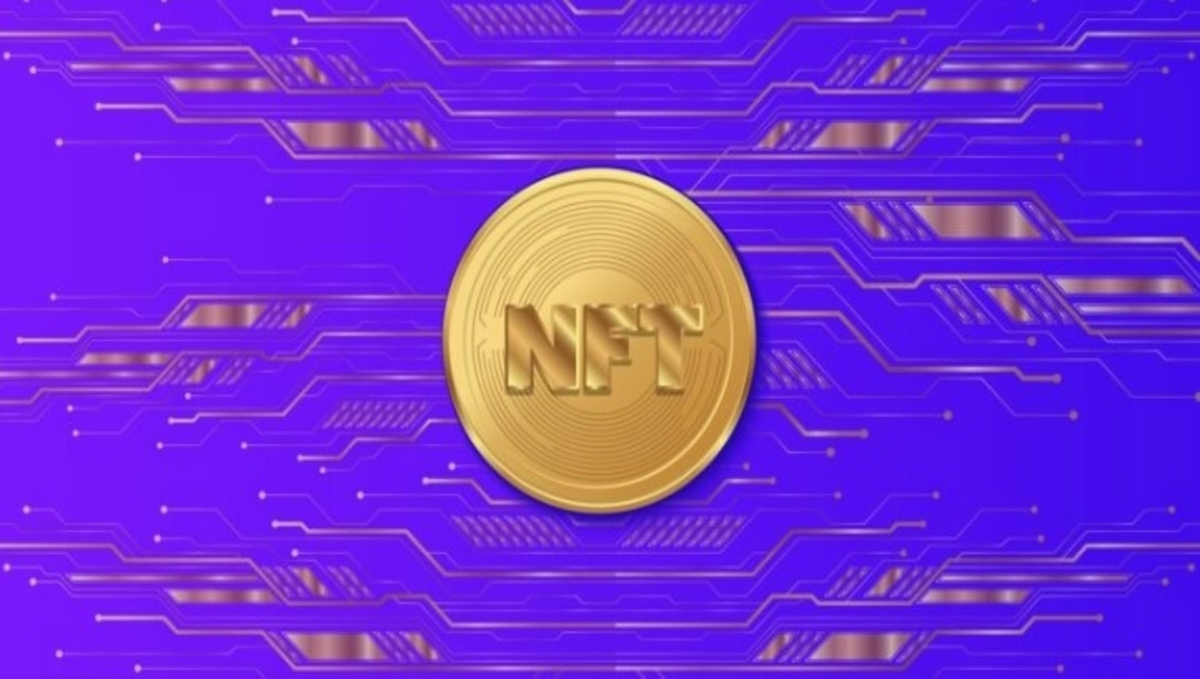The U.K.-based subdivision of the World Wildlife Fund initiated trading NFTs (non-fungible tokens) to finance the conservation endeavors thereof. The respective move, as it was pretty obvious, became a target of considerable criticism.
WWF sells the NFTs of endangered species
On 3rd February, the WWF U.K. has started trading NFTs presenting the 13 diverse endangered species. The official website of the conservation group brings out that nearly 7,900 exclusive NFTs have been included in the sale, to relate with the cumulative number of animals existing among the respective species. Up till now, a minimum of 300 NFTs have been sold out of the series, as per the statistics given by the OpenSea marketplace of the group. The trading volume of these NFTs counts to be almost 11.6 ETH (up to $30,800).
The consumers who purchase the NFTs will be given ownership over the digital media linked with each token. In addition to this, a conservationist will be arranged to meet with them online. The rest of the benefits include discounts over the merchandise if purchased from World of Women and CyberKongz, along with the other promotional advantages. The series contains the artwork from Yam Karkai and Ted Chin (the digital artists).
Sale is responded with instant criticism
The WWF decided to introduce the tokens through Polygon (MATIC), an Ethereum-based network incorporating a second layer. The conservation group asserted that the energy consumption of Polygon is economic and each of the transactions has carbon emissions equivalent to a glass full of tap water. Notwithstanding the company’s choice to utilize sustainable blockchain, the declaration faced immediate reaction with the community severely criticizing the respective move.
A De Montfort University faculty member named Catherine Flick pointed out that because Polygon has a protocol with a second layer operating on Ethereum, thus it favors the energy-intensive exercise of crypto mining notwithstanding the reality that it utilizes a very little amount of energy itself. At present, Ethereum is moving towards a proof-of-stake (PoS)-based consensus mechanism system which excludes mining and minimizes consumption. Currently, nonetheless, Ethereum utilizes an energy amount of nearly 106 TWh per annum, equivalent to the Netherlands’ yearly consumption.
The rest of the critics mentioned that the German-based arm of WWF introduced similar NFTs in the November of the recent year and a similar criticism was attracted by them. However, an amount of up to $245,000 has been successfully raised on the behalf of the respective series of NFTs.
